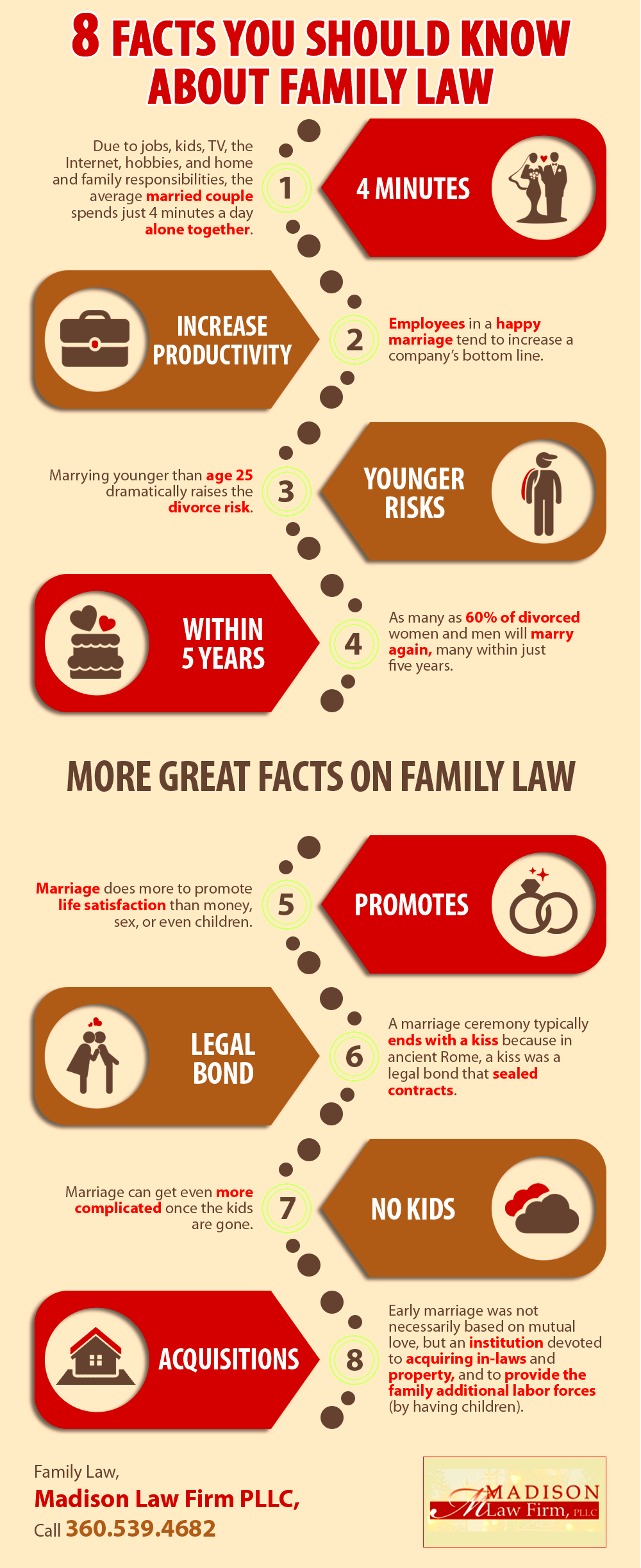What You Need to Know About California Family Court Laws
California family court laws are designed to handle various legal issues related to family relationships. These laws address matters like divorce, child custody, child support, and domestic violence. The family court system aims to provide fair resolutions that prioritize the best interests of children and families. Understanding these laws can help you navigate the complex legal landscape, whether you’re facing a divorce or seeking custody of your children.
Types of Cases in Family Court

Family court deals with several types of cases, including:
- Divorce: Legal termination of a marriage.
- Child Custody: Determining where a child will live and who will make important decisions about their upbringing.
- Child Support: Financial support provided by one parent to the other for the care of their child.
- Domestic Violence: Cases involving physical, emotional, or psychological abuse.
- Adoption: Legal process for a person to become the legal parent of a child.
- Spousal Support: Financial support provided to a spouse after separation or divorce.
Each case is unique and may require different approaches or legal representation. Understanding the types of cases handled in family court can help individuals prepare for their specific situations.
Understanding Child Custody and Visitation

Child custody and visitation are crucial topics in family law. Custody refers to the legal right to make decisions for a child and the physical care of that child. In California, there are two main types of custody:
- Legal Custody: The right to make important decisions about the child’s education, health care, and other significant matters.
- Physical Custody: Where the child lives on a day-to-day basis.
Custody arrangements can be:
- Sole Custody: One parent has full custody rights.
- Joint Custody: Both parents share custody responsibilities.
Visitation is the time a non-custodial parent spends with their child. It can be arranged in various ways, such as:
- Scheduled Visits: Specific times set for the parent to see the child.
- Unsupervised Visits: The parent visits the child without supervision.
- Supervised Visits: Visits monitored by a third party for safety.
When determining custody and visitation, the court considers what is in the best interests of the child, ensuring their safety and well-being. It’s essential for parents to understand these aspects to effectively navigate their family law cases.
Child Support Guidelines and Calculations
Child support is a critical aspect of family law, ensuring that children receive the financial support they need from both parents after separation or divorce. In California, child support is determined based on specific guidelines established by law. These guidelines consider factors like the income of both parents, the number of children, and any special needs that may affect financial requirements.
Here’s a quick overview of how child support calculations typically work:
- Income of Both Parents: The court assesses the gross income of each parent, including wages, bonuses, and any other sources of income.
- Time Spent with Each Parent: The custody arrangement can influence support amounts; the more time a child spends with one parent, the less support they may need from the other.
- Special Needs: If a child has special needs, additional support may be required.
- Additional Expenses: The court may also consider costs related to health insurance, childcare, and educational expenses.
To simplify the calculation process, California uses a formula known as the “Dissomaster,” which helps determine the appropriate support amount. It’s essential to keep financial records and be transparent about income to ensure a fair calculation. Remember, child support orders can be modified if circumstances change, so it’s vital to stay informed about your rights and obligations.
Division of Property in Divorce Cases
When a couple decides to divorce, one of the most significant issues to resolve is the division of property. California follows the principle of community property, which means that most assets acquired during the marriage are considered jointly owned and should be divided equally. However, there are some important aspects to consider:
- Community Property: Assets and debts acquired during the marriage are divided 50/50.
- Separate Property: Assets owned before the marriage or received as gifts or inheritance during the marriage are typically considered separate and not subject to division.
- Debts: Debts incurred during the marriage are also divided, with both spouses potentially sharing responsibility.
To ensure a fair division, it’s essential to list all assets and debts, including:
| Type | Description |
|---|---|
| Real Estate | Houses, land, or any property owned jointly or individually. |
| Bank Accounts | Savings, checking, or investment accounts. |
| Retirement Accounts | Pensions, 401(k)s, and other retirement savings. |
| Vehicles | Cars, boats, and other vehicles owned by either spouse. |
Working with a legal professional can help clarify these matters and ensure that both parties reach a fair settlement.
Domestic Violence and Protective Orders
Domestic violence is a serious issue that can affect families and individuals deeply. In California, laws are in place to protect victims of domestic violence, allowing them to seek help and safety through protective orders. A protective order, also known as a restraining order, is a legal document that restricts the abuser’s ability to contact or come near the victim.
Here are some key points regarding domestic violence and protective orders:
- Types of Protective Orders:
- Emergency Protective Orders: Temporary orders issued by law enforcement.
- Temporary Restraining Orders: Issued by the court, typically lasting a few weeks.
- Permanent Restraining Orders: Issued after a court hearing, lasting several years or indefinitely.
- Filing for a Protective Order: Victims can file for a protective order at their local courthouse or with law enforcement.
- What to Include: The application should include details of the abuse, any threats made, and why the order is necessary.
- Legal Representation: It’s advisable to seek legal help when dealing with domestic violence situations to ensure your rights are protected.
Victims of domestic violence should know that help is available. Resources such as hotlines, shelters, and legal assistance can provide necessary support to ensure safety and recovery.
Appealing a Family Court Decision
If you feel that a family court decision was unfair or based on incorrect information, you have the right to appeal. Appealing a family court decision involves asking a higher court to review the case. This process can seem daunting, but understanding the steps involved can make it easier.
Here’s how the appeal process typically works:
- Notice of Appeal: You must file a notice of appeal with the court that made the original decision. This document informs the court and other parties of your intention to appeal.
- Record on Appeal: The court will compile a record of the case, including all documents and transcripts related to the original trial.
- Appellate Briefs: You will need to write an appellate brief outlining the reasons for your appeal. This is your chance to explain why you believe the decision was incorrect.
- Oral Argument: In some cases, the court may allow you to present your arguments in person. This is an opportunity to clarify your position and answer any questions the judges may have.
Keep in mind that appealing a decision does not guarantee a different outcome. It’s essential to consult with a qualified attorney who can guide you through the appeal process and help strengthen your case. Understanding your rights and options is crucial when navigating family law issues.
Frequently Asked Questions About Family Court
Family court can be complex, and many people have questions about the process. Here are some common questions and their answers:
| Question | Answer |
|---|---|
| What is family court? | Family court is a specialized court that deals with legal issues related to family relationships, including divorce, custody, and support. |
| Do I need a lawyer? | While you can represent yourself, having a lawyer can provide valuable guidance and help you navigate the legal system. |
| How long does a case take? | The duration of a case varies depending on its complexity, the court’s schedule, and whether both parties can reach an agreement. |
| Can I change a custody agreement? | Yes, custody agreements can be modified if there is a significant change in circumstances. |
Understanding these common questions can help alleviate some concerns and make the family court process less intimidating. Don’t hesitate to seek legal advice if you have specific questions about your situation.
Conclusion and Final Thoughts
Navigating the family court system can be challenging, but understanding the laws and processes involved can empower you to make informed decisions. From child support and custody arrangements to property division and domestic violence protections, each aspect of family law is designed to promote fairness and the best interests of children and families.
Whether you’re dealing with a divorce, seeking custody, or trying to understand your rights, remember that you don’t have to face these challenges alone. Seeking help from legal professionals and support resources can make a significant difference in your journey.
Ultimately, being well-informed about California family court laws will help you advocate for yourself and your family. Stay proactive, seek assistance when needed, and prioritize what’s best for your loved ones as you navigate these important legal matters.


